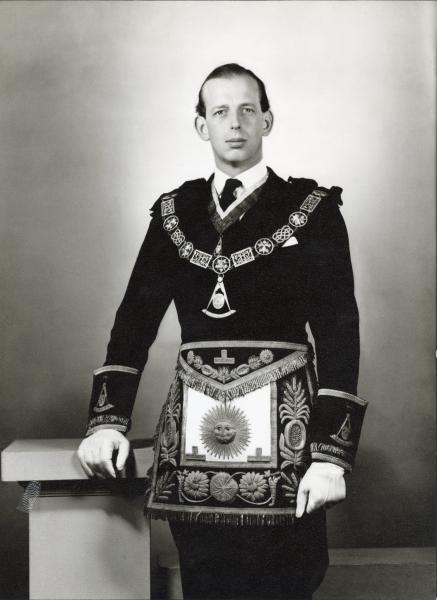The Sceptre and the Trowel
Royalty and FreemasonryThe Royal Grand Masters
The Royal Family have links to English freemasonry going back to 1737, when Frederick Lewis, Prince of Wales was initiated in an occasional lodge at Kew Palace. He was never Grand Master but, in the 305 years of its existence, eight members of the Royal Family have fulfilled that role.
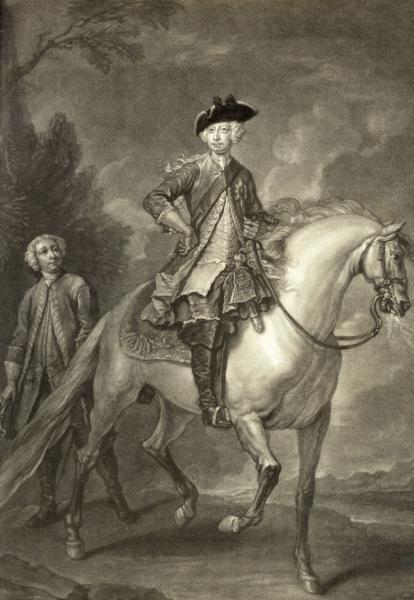
Patron and Mason
Frederick Lewis’s fourth son, Henry Frederick, Duke of Cumberland (1745-1790), was Grand Master from 1782 until 1790. The Duke, along with his wife, Anne was the first patron of the Royal Cumberland School for Daughters of Indigent Free Masons.
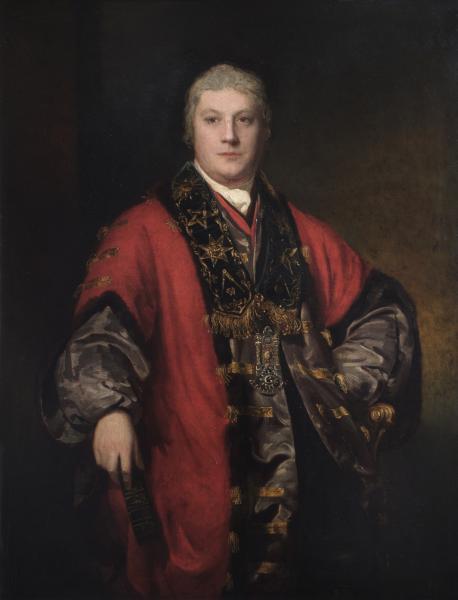
Regency Grand Master
George Augustus Frederick, Prince of Wales (1762-1830), the future King George IV, succeeded his uncle as Grand Master in 1790 and remained in post until 1813, two years after he became Prince Regent, after which he accepted the title Protector of the Craft.
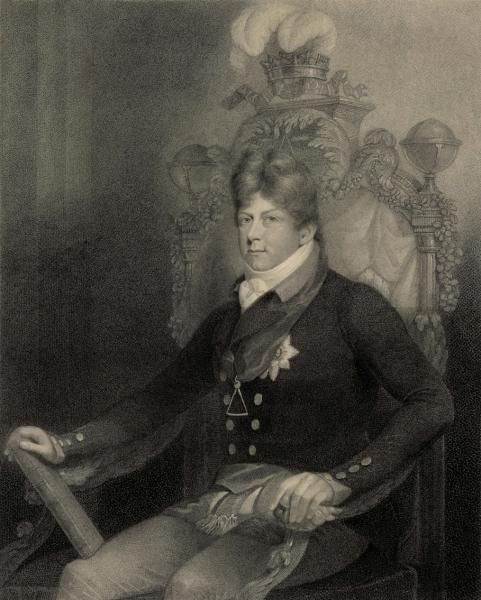
End of an era
The Prince Regent’s younger brother, Augustus Frederick, Duke of Sussex (1773-1843) was the last Grand Master of the premier Grand Lodge of England in 1813 and the first Grand Master of the United Grand Lodge, ruling until his death in 1843. He was a dedicated freemason and formidable character who was the face of English freemasonry in the first half of the 19th century.
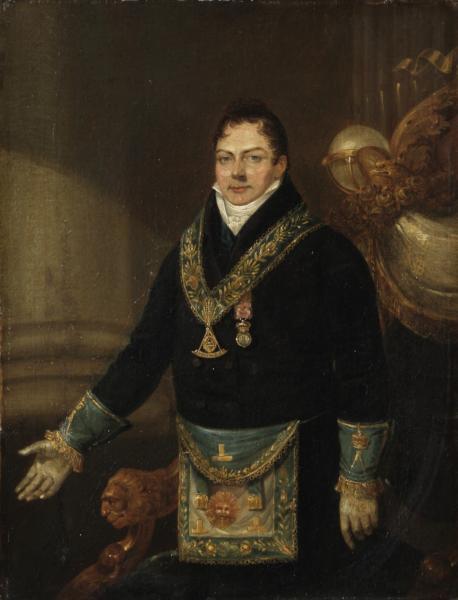
One of a kind
The father of Queen Victoria and the brother of both the Prince Regent and the Duke of Sussex, Prince Edward Augustus, Duke of Kent (1767-1820), was the only Royal Grand Master of the Antients Grand Lodge, appointed in 1813, just before the Union of the two Grand Lodges.

A charismatic leader
Initiated in Sweden in 1868, Albert Edward, Prince of Wales (1841-1910), the future King Edward VII became Grand Master of the United Grand Lodge in 1874 and remained so until his accession to the throne in 1901. As a charismatic Grand Master and member of several lodges, the Prince helped to raise the popularity of freemasonry in the Victorian era.
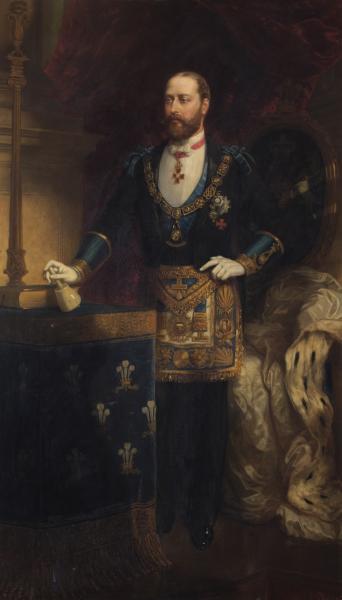
A home for the Craft
King Edward’s younger brother, Prince Arthur Duke of Connaught (1850-1942), was Grand Master from 1901 until 1939. In 1920 he launched the Masonic Million Memorial Fund to pay for the construction of a new Freemasons’ Hall to serve as a memorial to the English freemasons who lost their lives in service in the Great War.
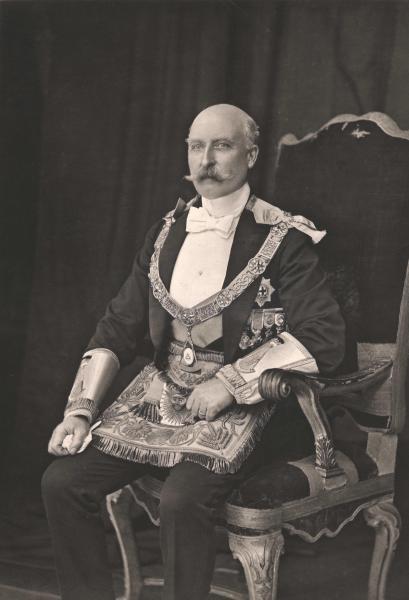
The first of three
The current Duke of Kent’s father, George, Duke of Kent (1902-1942), was Grand Master from 1939 until his tragic death in 1942. He was the first of three Grand Masters to be installed by his brother, King George VI, who had been appointed a Past Grand Master in 1937 and was the only King of England to attend Grand Lodge after ascending the throne.
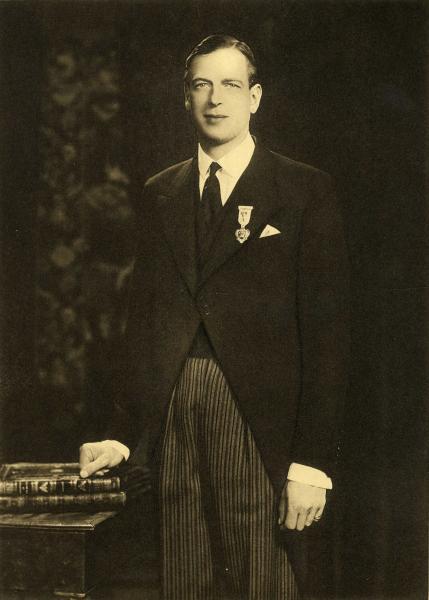
A positive view
The Grand Master of the United Grand Lodge of England since 1967, Edward, Duke of Kent (b.1935), was initiated in Royal Alpha Lodge No. 16 in 1963. As the longest serving Grand Master he has encouraged openness about the positive effect of freemasonry on society from both Grand Lodge and its members. He also led the celebration of the tercentenary of Grand Lodge in 2017.
Image ©Dorothy Wilding/Camera Press, 2022
